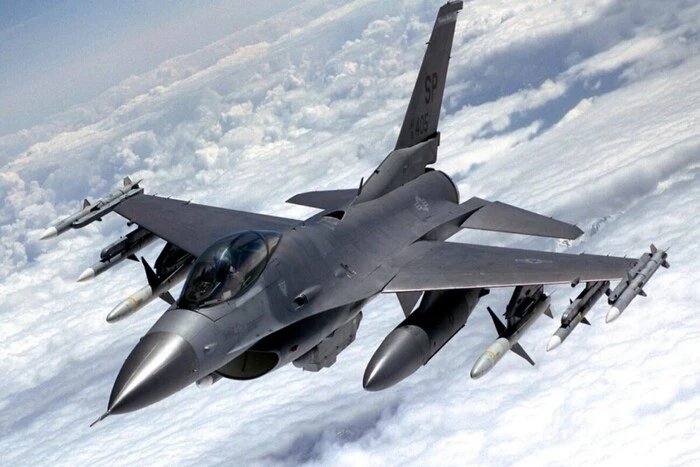The procedure for creating state IT systems in Ukraine has changed.


The Cabinet of Ministers has agreed to approve a resolution that defines the standards for the creation, updating, and maintenance of state IT systems.
According to the new rules, state IT systems will be created, updated, and maintained.
Depending on the life stage of the IT system, the resolution establishes the following mandatory requirements:
- Creation, updating, and development of information technologies.
- Support and administration of information resources.
- Replacement of outdated, ineffective programs.
- Localization of programs to meet Ukrainian standards.
The main benefits for the state and business include:
- A single standard for all contractors.
Previously, each institution used its own methods of managing IT projects, but now the requirements are becoming unified for effective use of funds.
The new system will help reduce state IT expenses and make budget requests more justified, as well as complicate manipulation in tenders regarding pricing.
Open standards will also simplify the integration of information systems and make them adaptive.
In addition, strengthened requirements for cybersecurity and personal data protection are particularly important for state registries, e-governance systems, and online services.
'Thus, we optimize digital technologies and improve the quality and safety of state services - making services convenient for Ukrainians,' emphasized government officials.
Read also
- Trump's sanctions package against the Russian banking sector and Gazprom: Reuters on the details
- The US State Department approved a package for training and support of F-16s for Ukraine worth $310.5 million
- Ukrainians have already received over 62 thousand extracts from the Register of missing persons
- Ukraine will not accept peace at any cost: Sybyha named 3 key red lines in negotiations with the Russian Federation
- Russia intensified attacks after the start of peace negotiations: UN data
- The Ministry of Defense approved over 120 new types of weapons for operation in April










